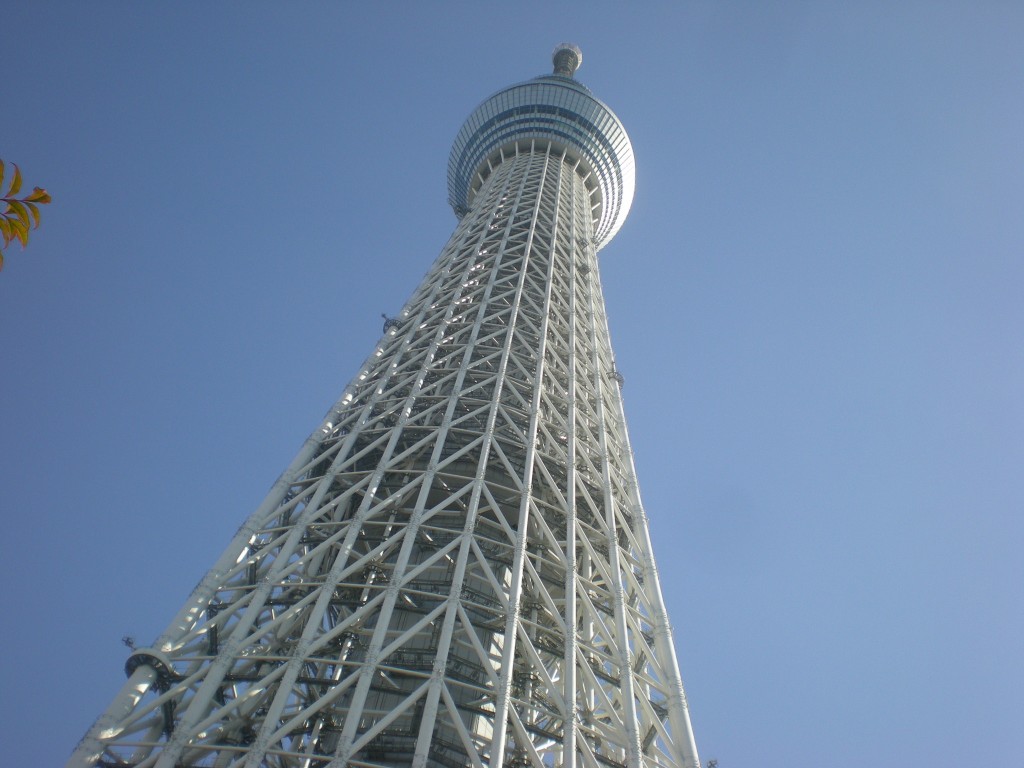Time for another winter break. The better to admire the snow drifts and icy sidewalks and salty roads and bare trees. Back to posting around February 2 — when I’ll still be able to see those things out my window and under my feet.
I didn’t know until recently that Blind Willie Johnson’s “Dark Was the Night, Cold Was the Ground,” a fitting song for the pit of winter, was included on the Voyager Golden Record. But so it was. Dark is space, cold is the void.
This handy JPL web site tells us that Voyager I, for its part, is now 19+ billion km from the Earth, or more than 126 AU, with a round-trip light time from the Sun of more than 35 hours (so that would be about 17.5 light hours out — not even a light day). The thing’s been flying for over 36 years. Lesson: space is really big.
I did remember that “Johnny B. Goode” went with the Voyagers. Probably because of a SNL skit that mentioned it.
Kreeg Antwoord: You see, it all started on August 20th, 1977, when NASA put up a recording of the sounds of Earth on Voyager I. A two-hour long tape included natural sounds of animals, a French poem by Gaugliere, a passage from the Koran in Arabic, messages from President Carter, United Nations Secretary Kurt Waldheim, music — everything from classical to Chuck Berry.
Maxine Universe: Uh — and you’re saying that the — another civilization has found the tape?
Cocuwa: Yes. They’ve sent us a message that actually proves it. It may be just four simple words, but it is the FIRST positive proof that other intelligent beings inhabit the universe.
Maxine Universe: Uh — what are the four words, Cocuwa?
Cocuwa: The four words that came to us from outer space — the FOUR words that will appear on the cover of Time magazine next week — are [he holds up the magazine: Send More Chuck Berry].


